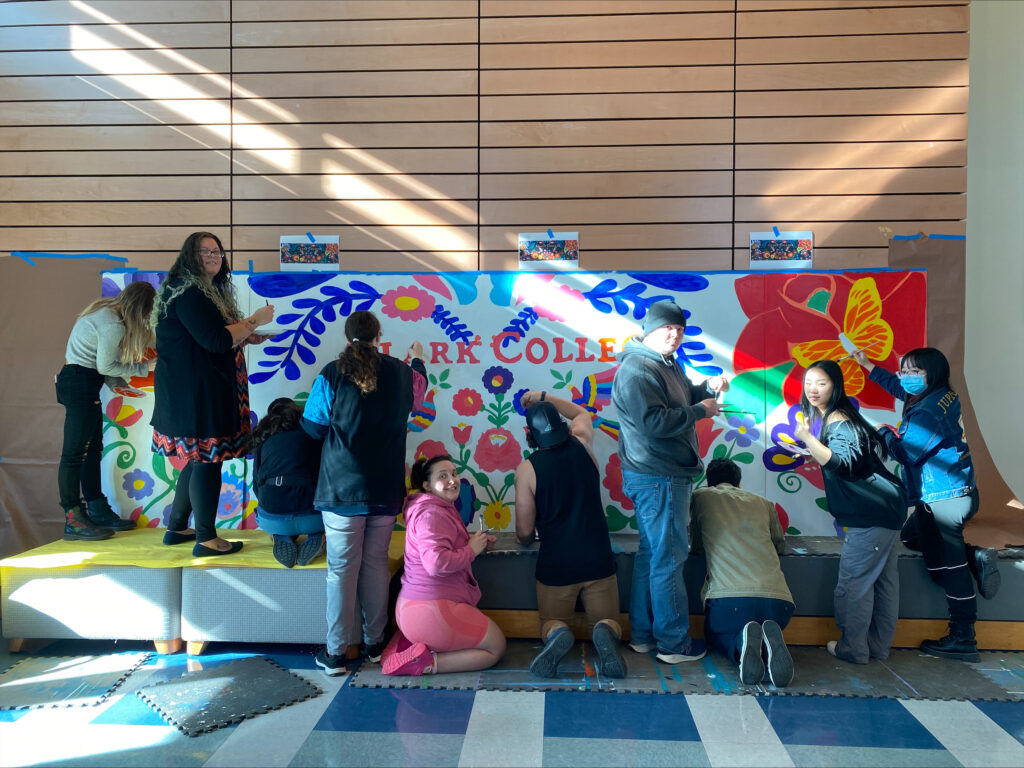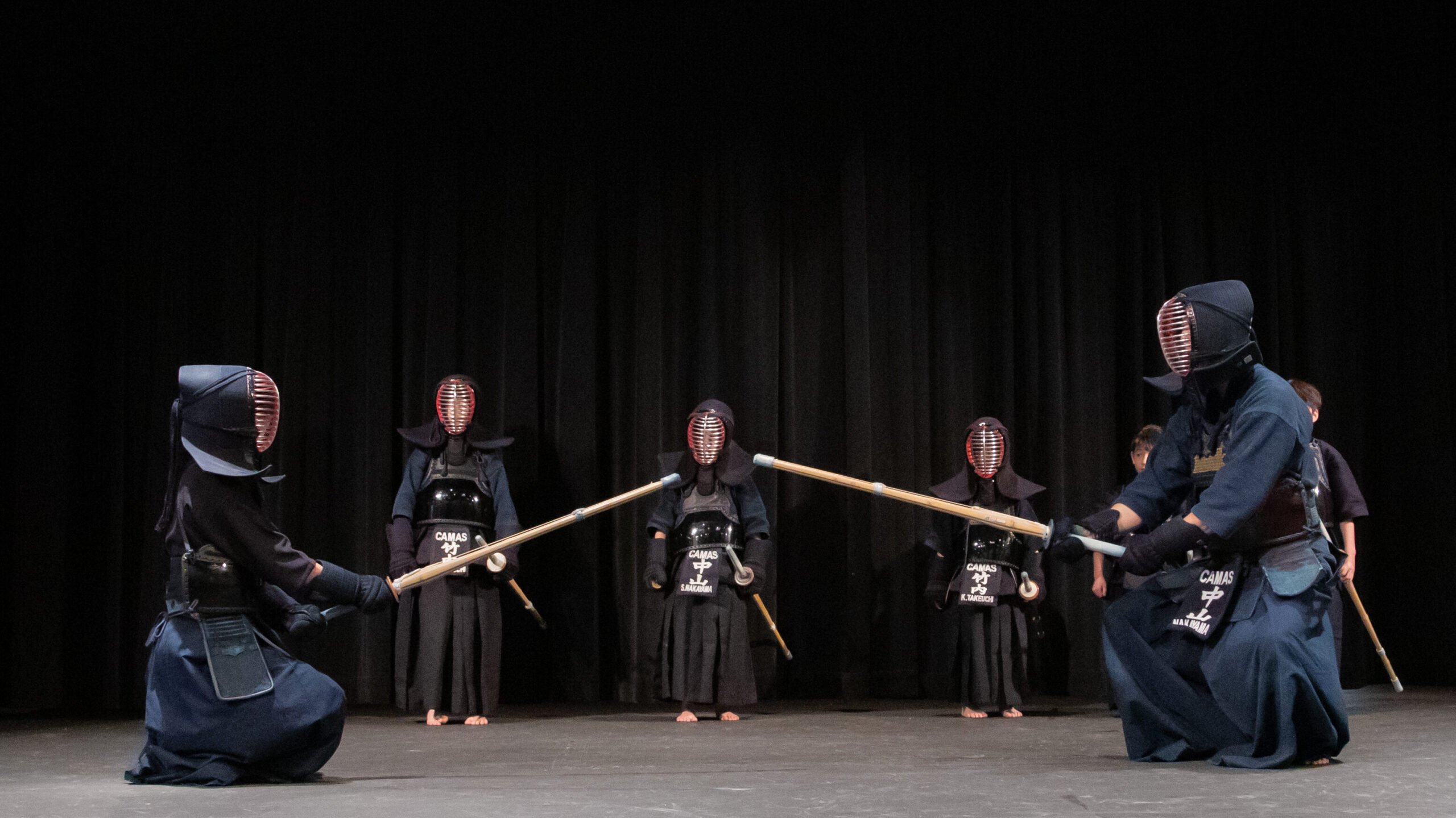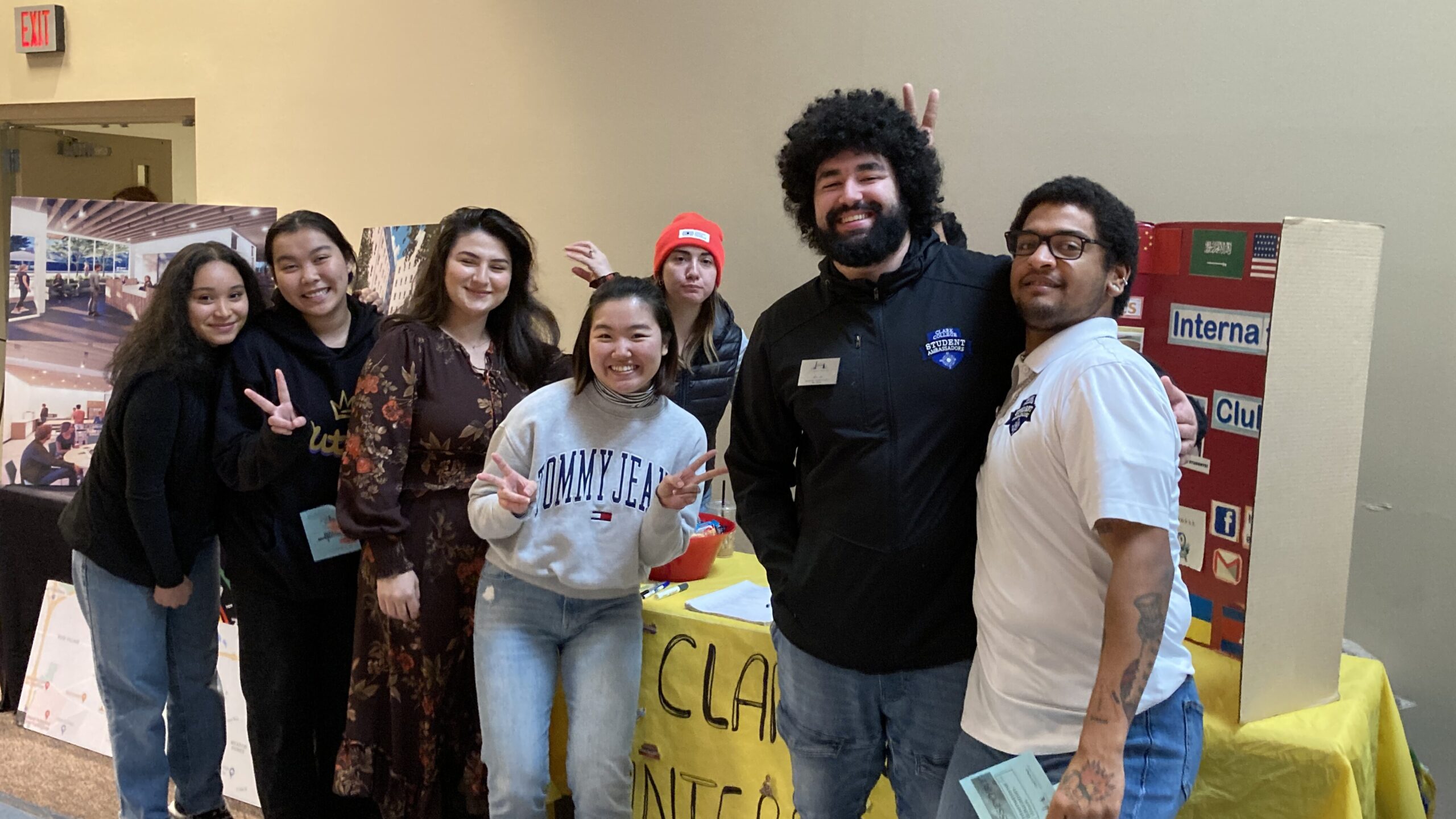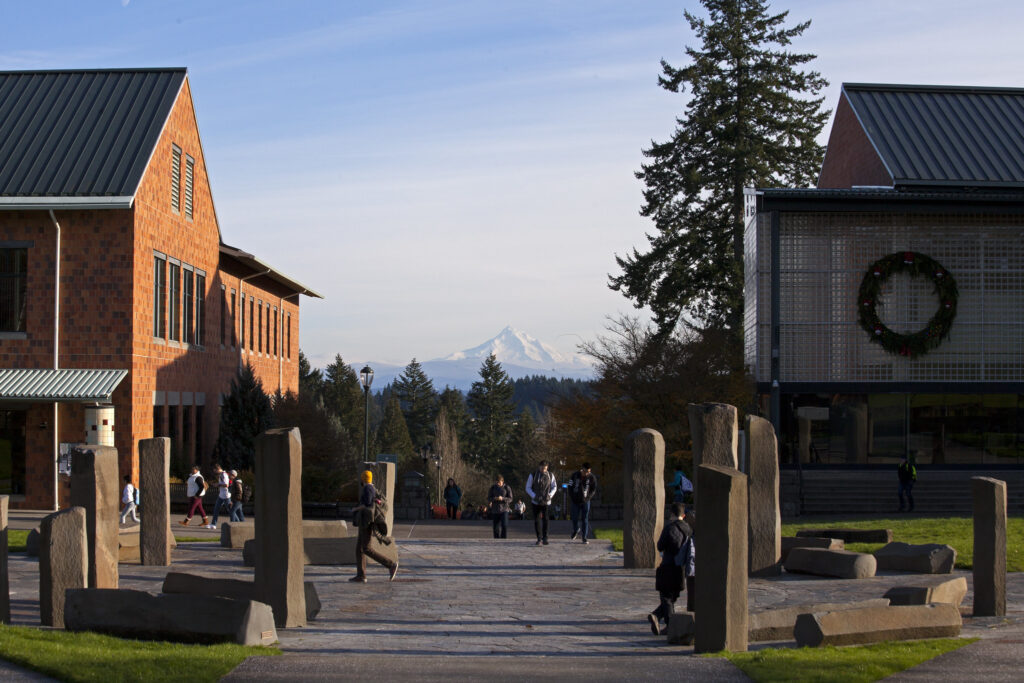Showing the Way
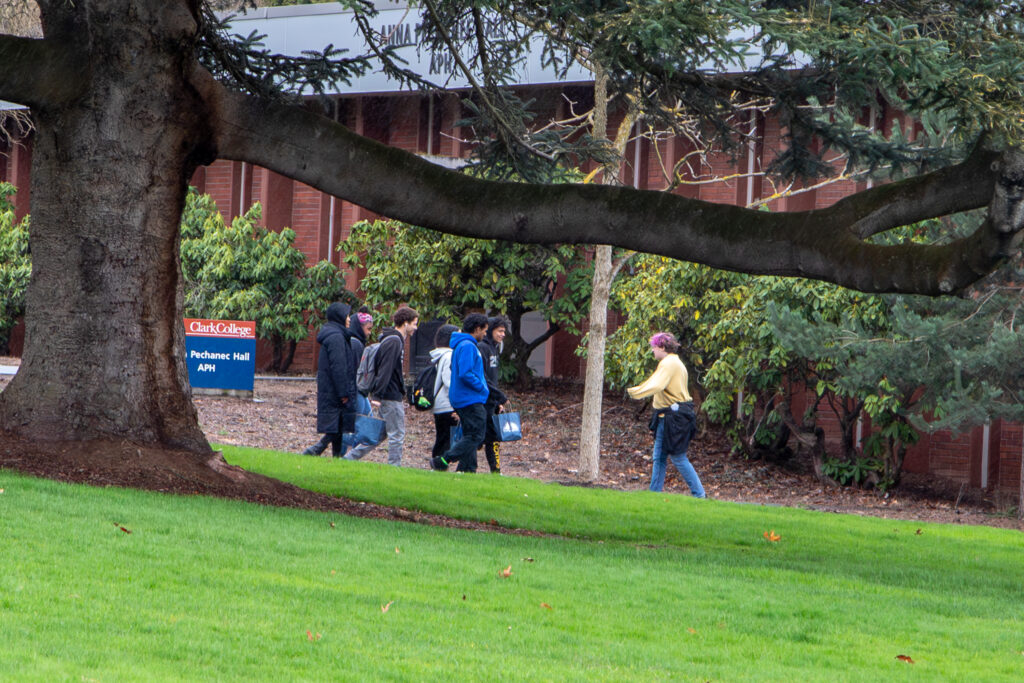
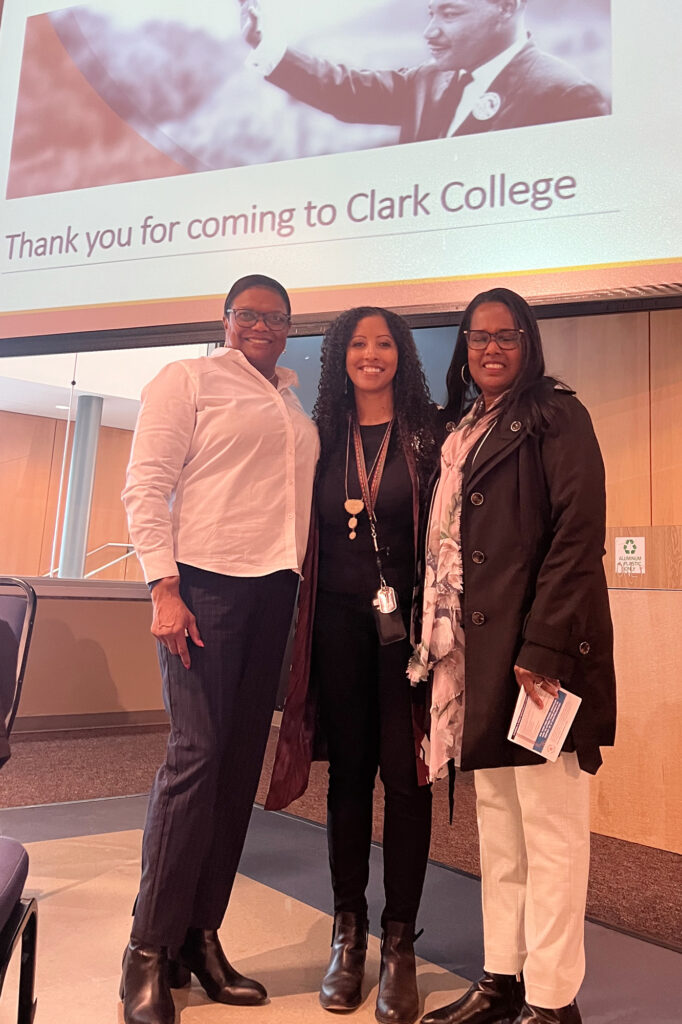
On Wednesday, February 28, the Office of Diversity, Equity, and Inclusion hosted a Black Student High School visit, where more than 100 students visited Clark College. Held during Black History Month, the event was designed to introduce local Black students and students of African descent to Clark and consider it a pathway to college, university, careers, and beyond. The event was organized by Clark’s Office of Diversity, Equity and Inclusion, NAACP Vancouver, Vancouver Public Schools, and Evergreen Public Schools in close collaboration with Student Affairs.
The participating students attend Fort Vancouver High School and Hudson’s Bay High School in Vancouver Public Schools, and Mountain View High School and Union High School in Evergreen Public Schools.
Vice President of Diversity, Equity, and Inclusion Vanessa Neal said, “The energy in the room was reverberating off the walls! Coming together to share in joy, engage in shared learning and activities, and provide a culturally affirming space for Black students and those of African descent was the intent of the event—and participants found this, and more.”
She continued, “As someone who was encouraged to continue my educational journey, it is my honor to introduce Clark College as a pathway to continued education to a new generation of high school students who are Black and of African descent. As representation matters, this event allowed students to engage with Black faculty and staff from the college, the NAACP, the Boys and Girls Club, the President of Clark College’s Black Student Union (BSU), as well as teachers and administrators from various high schools. We were excited to offer swag bags, campus tours, soul food, and intentional connection.”
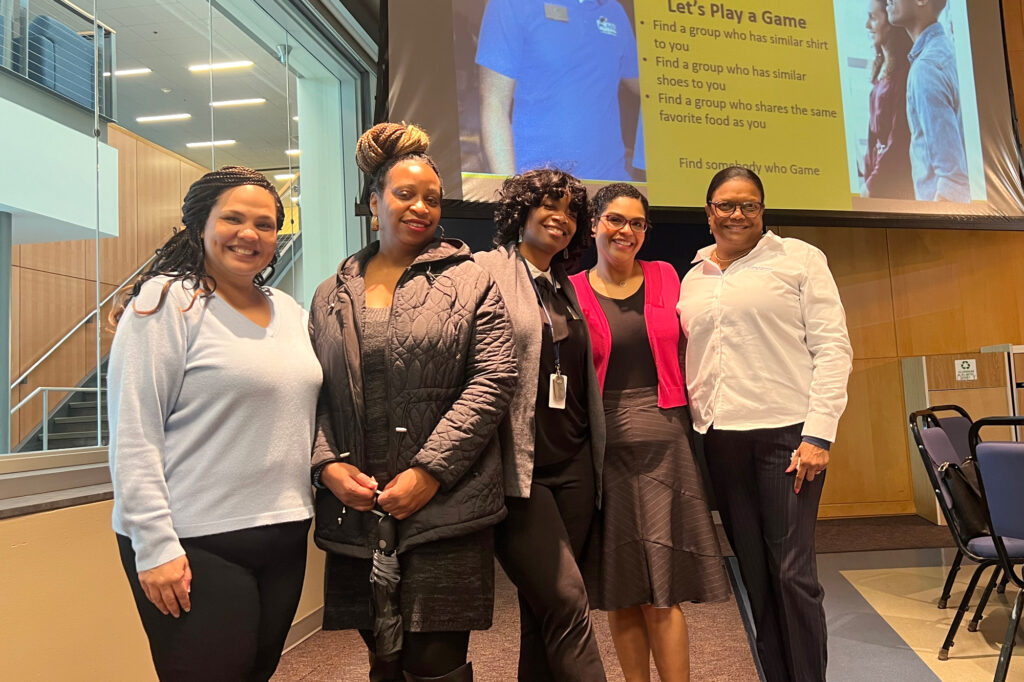
Students were attentive during presentations in Gaiser Student Center. Both Dr. Karin Edwards and Vanessa Neal delivered a welcome message to students and were also joined by Tanisha Harris, who delivered a message from Senator Maria Cantwell’s office. The keynote address was presented by Melissa Williams, policy associate for Equity, Diversity, and Inclusion at Washington State Board for Community and Technical Colleges (SBCTC).
Other presenters included:
- Sarita Williams, Principal, Lincoln Elementary School, explained the history of the song “Lift Every Voice and Sing.” The song is often referred to as “The Black National Anthem.” The lyrics were written in 1900 by NAACP leader James Weldon Johnson; his brother, John Rosamond Johnson, composed the music.
- Cezanne Tyner, Vancouver Public Schools, led a community-building activity
- Chris Hullum, Black Student & Family Engagement Advocate, Vancouver Public Schools
- Dani Depuy-Grobbel, Associate Director of Dual Enrollment, Clark College
- Bridgette Fahnbulleh, representing NAACP ACT-SO, provided information about ACT-SO as well as water bottles, hats, scarves, gloves, and books for students.
NAACP ACT-SO
A video introduced students to the NAACP ACT-SO achievement program (Afro-Academic, Cultural, Technological, and Scientific Olympics). Each year, high school students nationwide start a journey to sharpen their skills through ACT-SO. From visual arts and business to performing and culinary arts, participants work with community-based volunteers for a year to develop projects and performances. The experience culminates in local and national events where students compete for scholarships and other rewards.
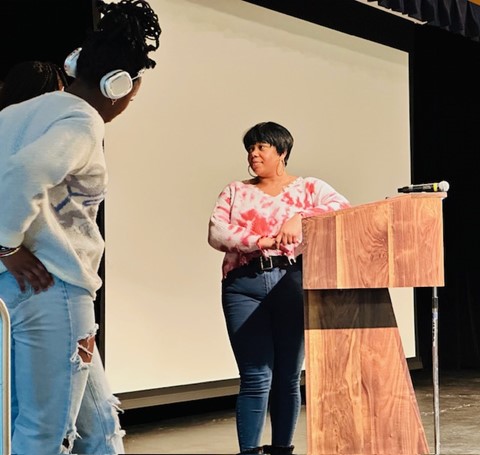
Campus Activities
A highlight was a delicious soul food lunch catered by Ja’Das Soulful Eatz.
Following lunch, students had a guided walking tour of the campus and were able to engage with Clark College’s Black Student Union President, Chishayla Kimmons, pictured left.
After a full, fun four hours on campus, students gathered on the stage in Gaiser Student Center for a group photo. Talking excitedly with each other, the students filed out of Gaiser to their buses. Their excitement continued when they returned to their high schools.
Vanessa Neal said, “One of our partners shared that when students returned to classrooms, their faces were still lit up with joy from attending the event. Thank you to everyone who approached this event with care and intentionality.”
Clark’s Office of Diversity, Equity and Inclusion
ODEI is committed to serving all students, with a focus on systemically non-dominant groups (Jenkins, 1995-present) as they navigate Clark College. We help foster and retain a diverse college community, which includes students, faculty, and staff.
Clark College’s goal of fostering a social and equitable college community is in part directed by the State (SBCTC), which has charged all community and technical colleges to lead with racial equity. ODEI is committed to serving people from systemically non-dominant populations as they navigate Clark College by helping to foster and retain a diverse community of students, faculty, and staff.
Our office supports individuals with their academic, personal, and professional development, as well as provides training and educational resources for all members of the college community around diversity, inclusion, power, privilege, inequity, social equity, and social justice.
Learn more: Office of Diversity, Equity & Inclusion (clark.edu)
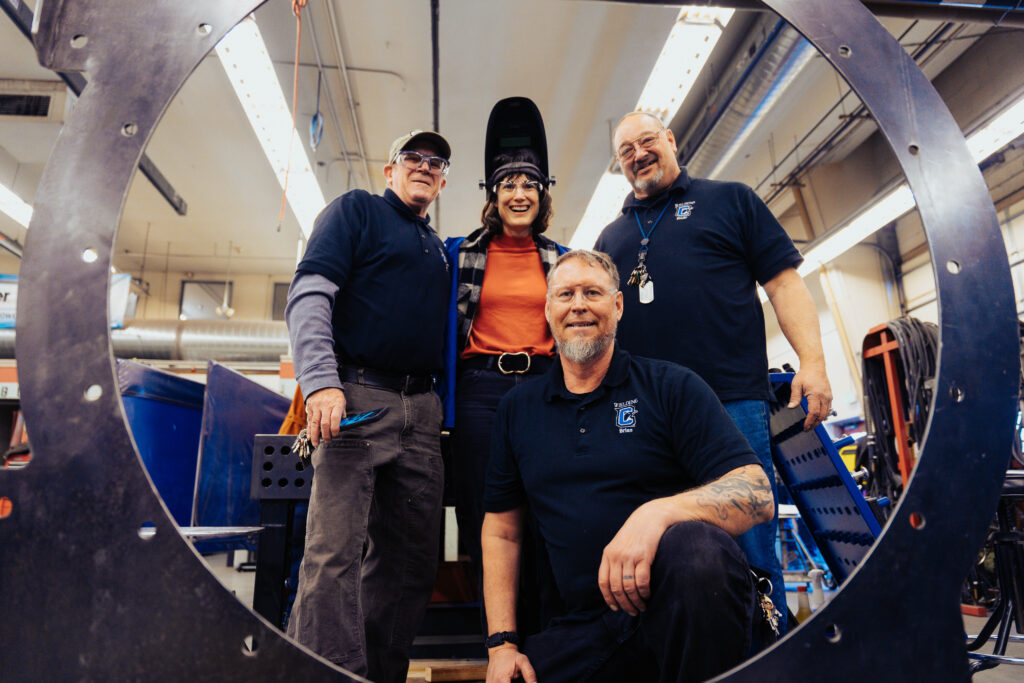
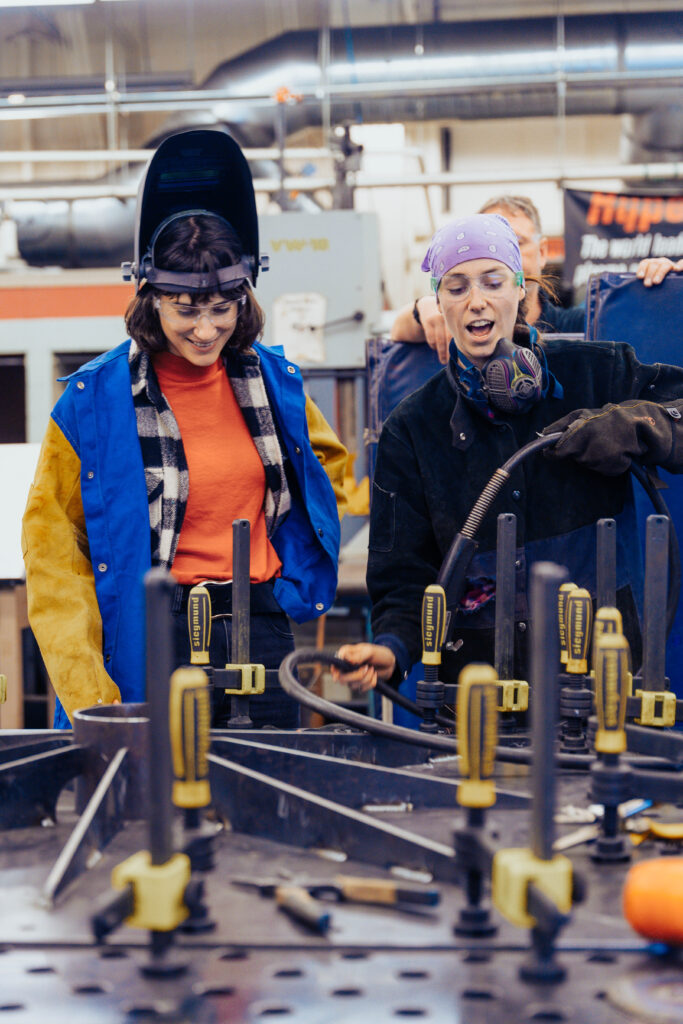
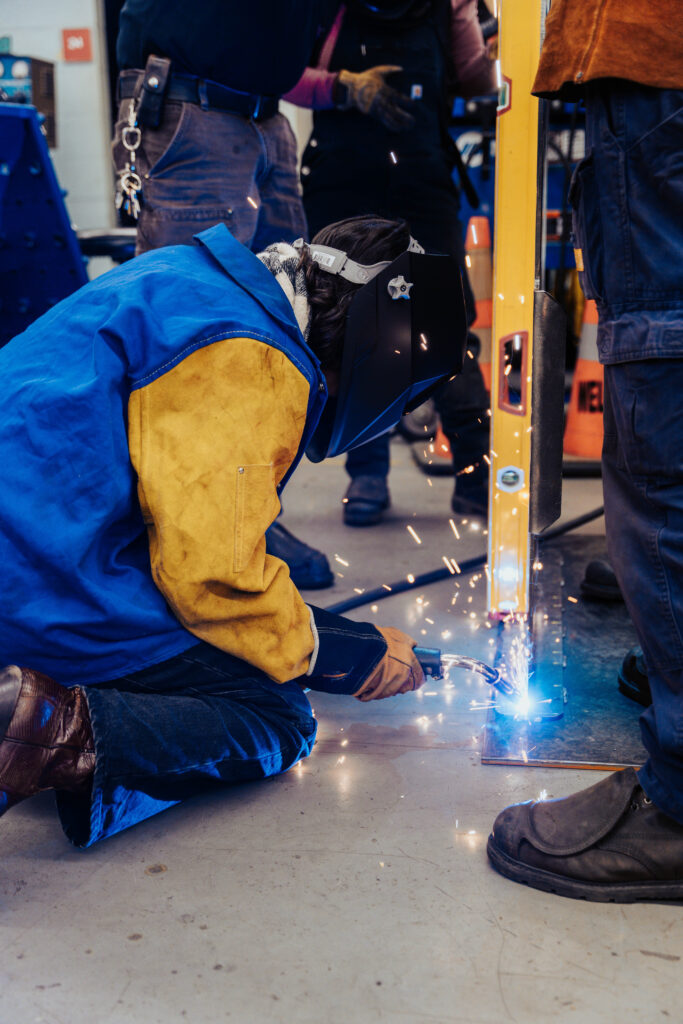
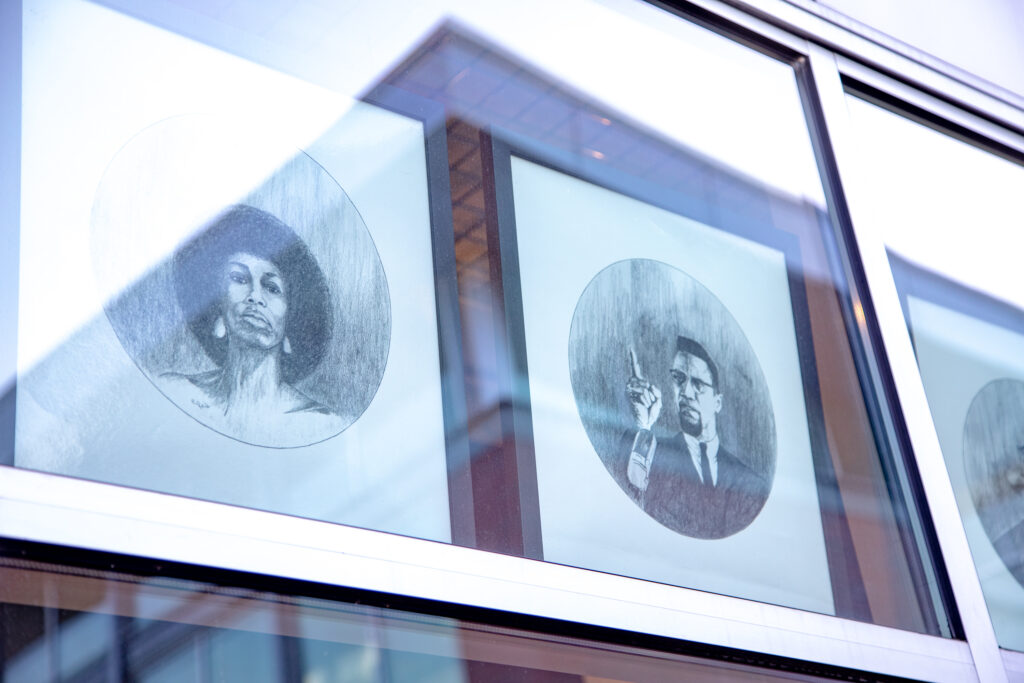
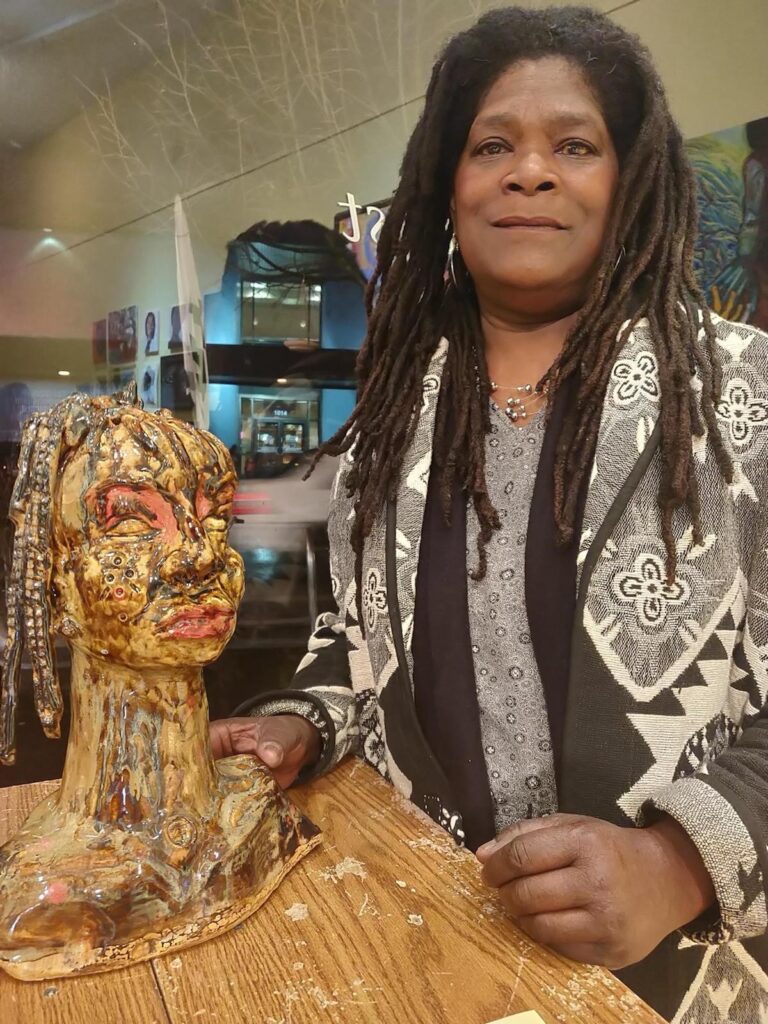
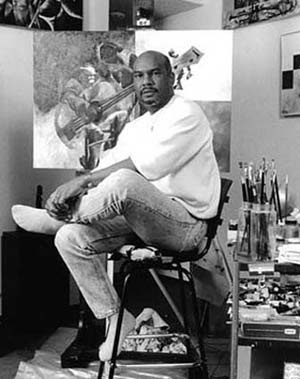
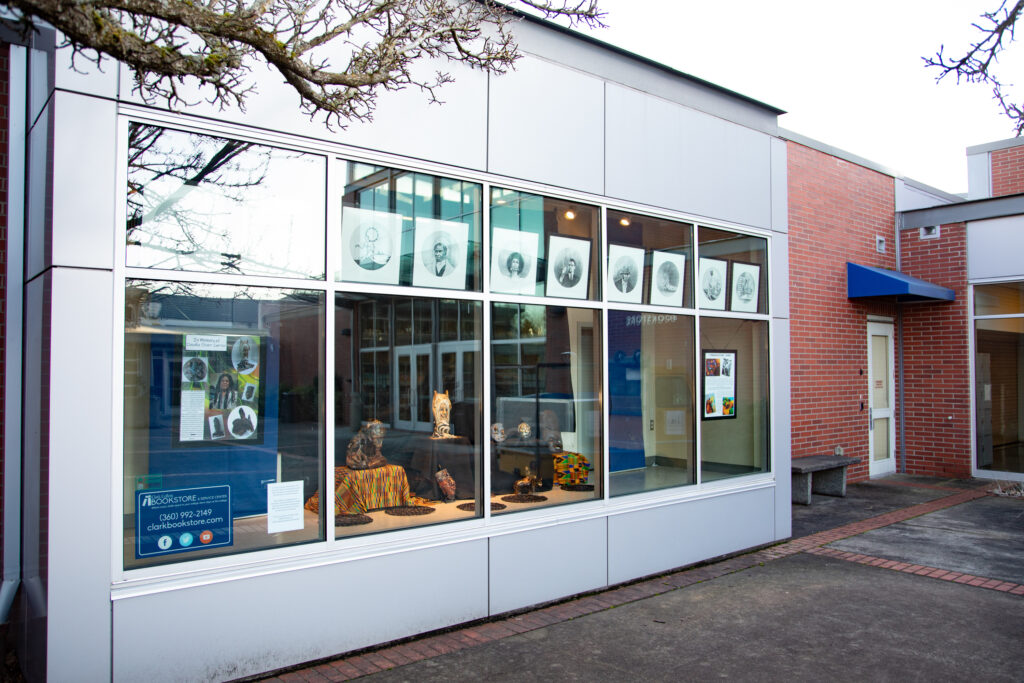
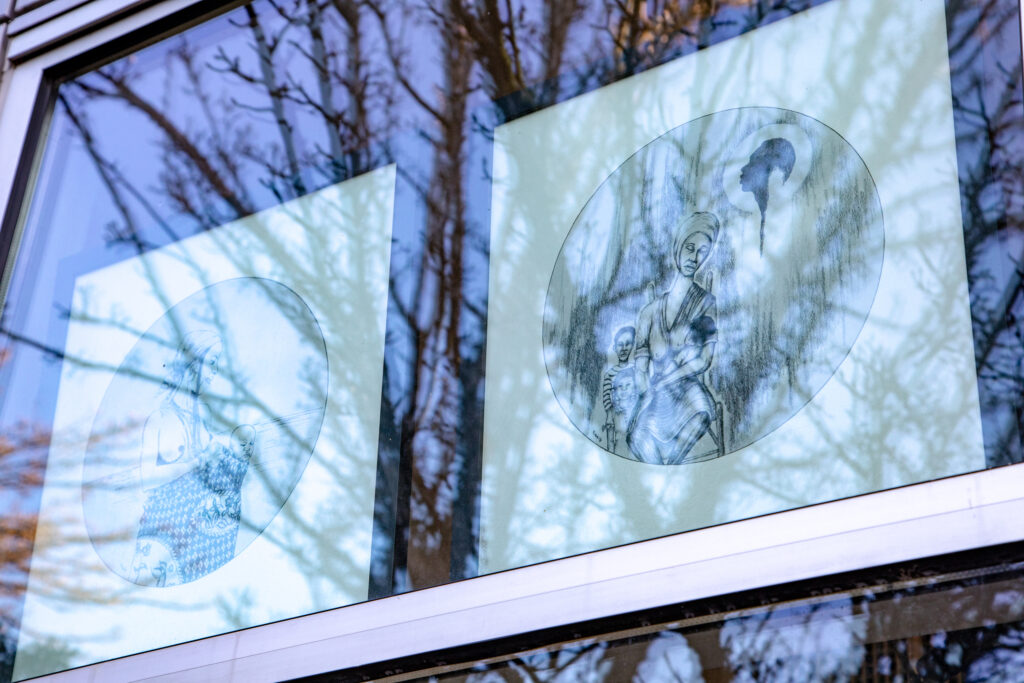
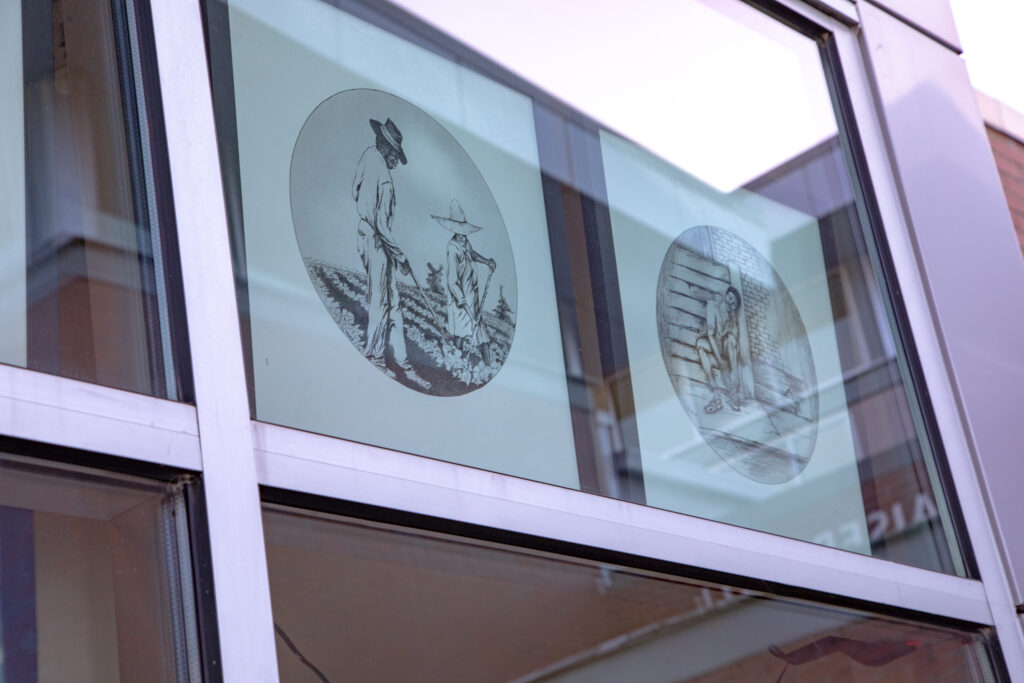
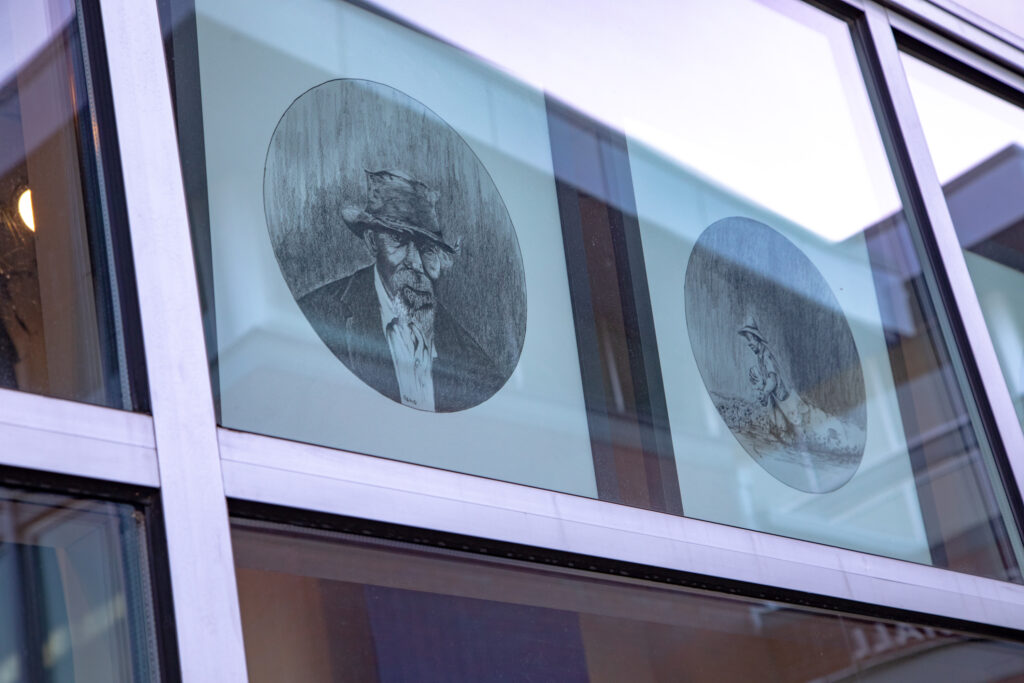
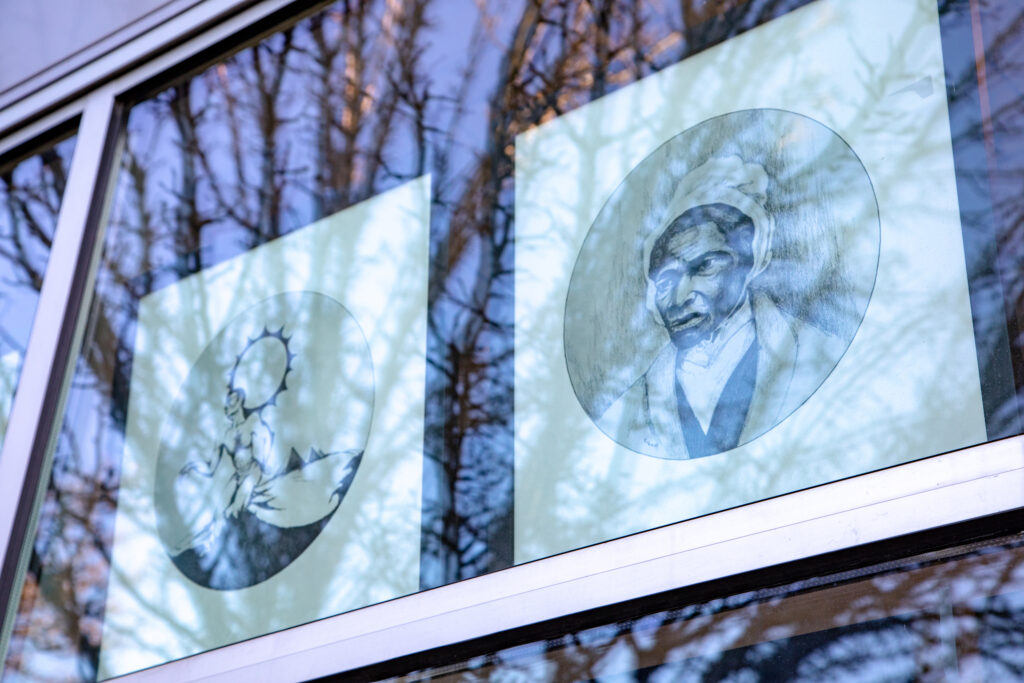
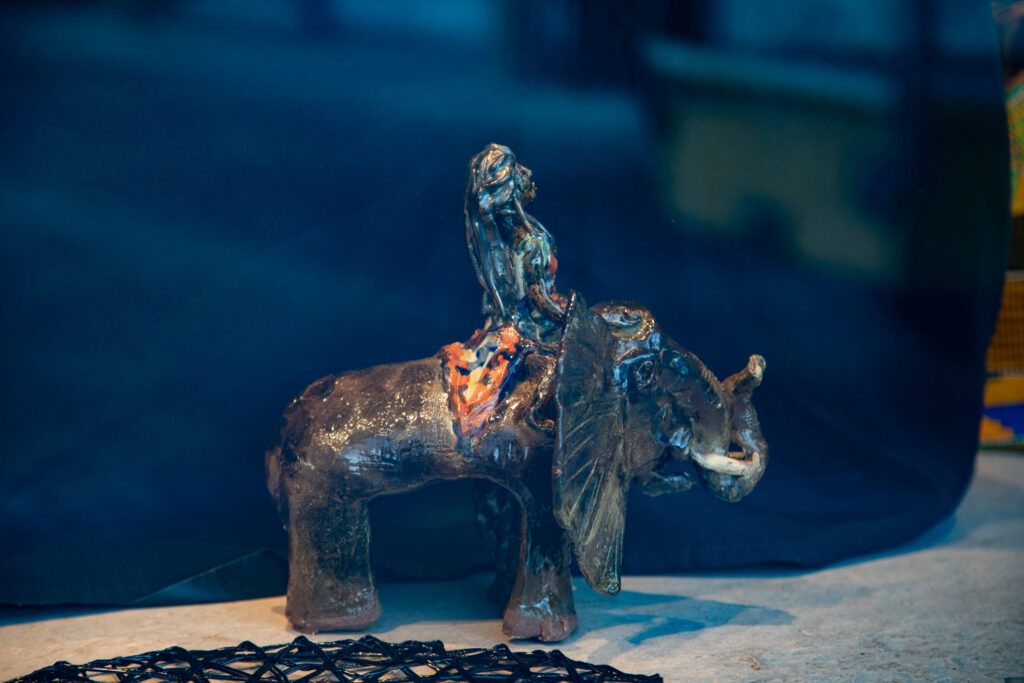
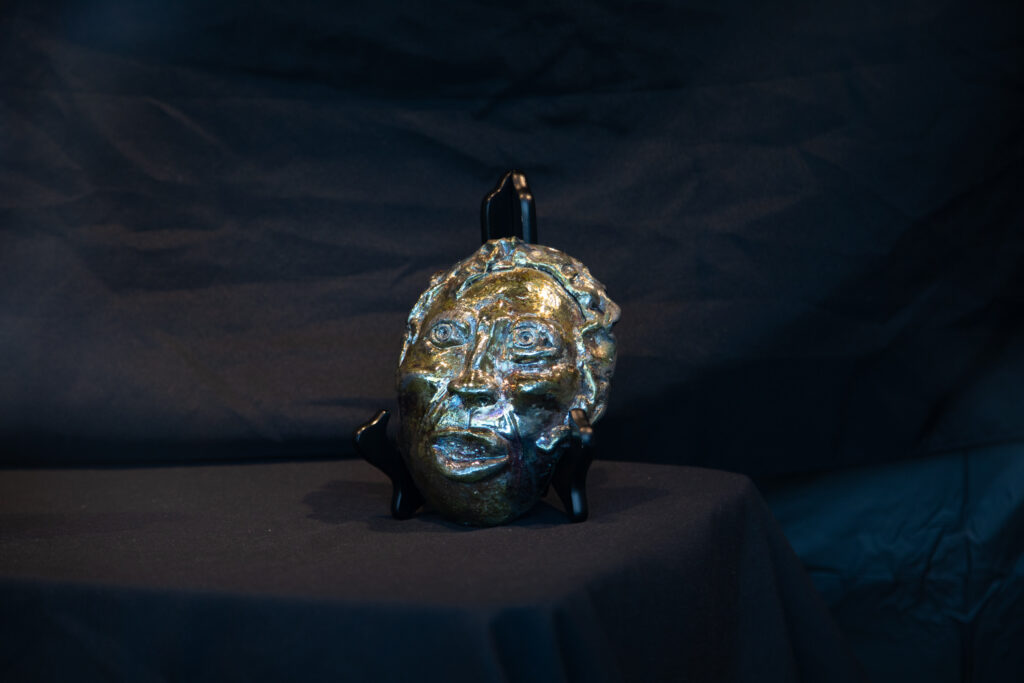

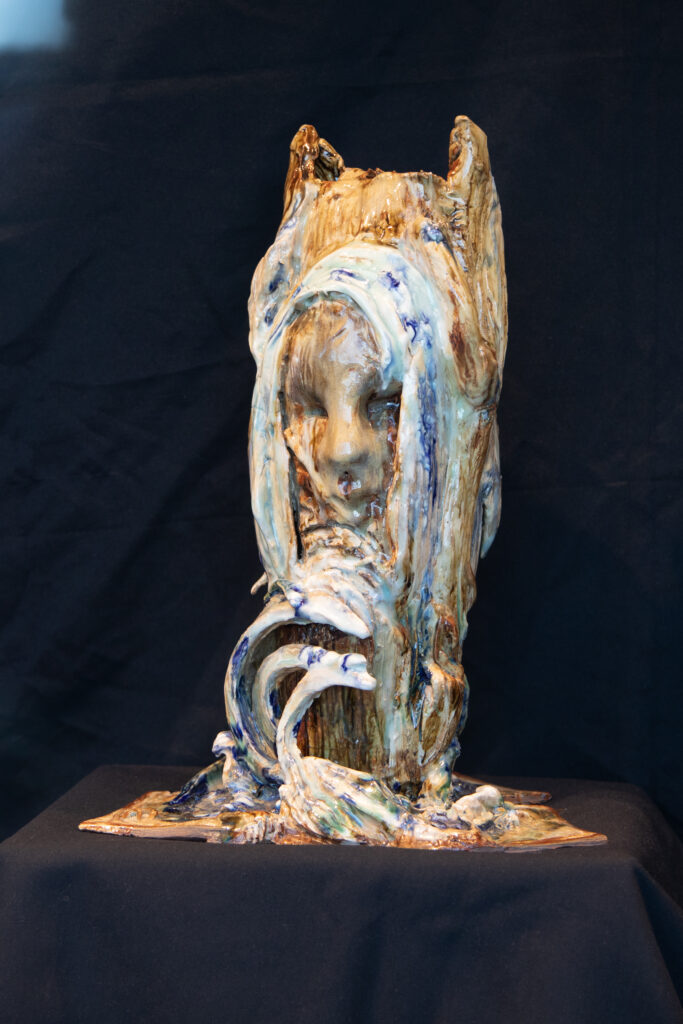
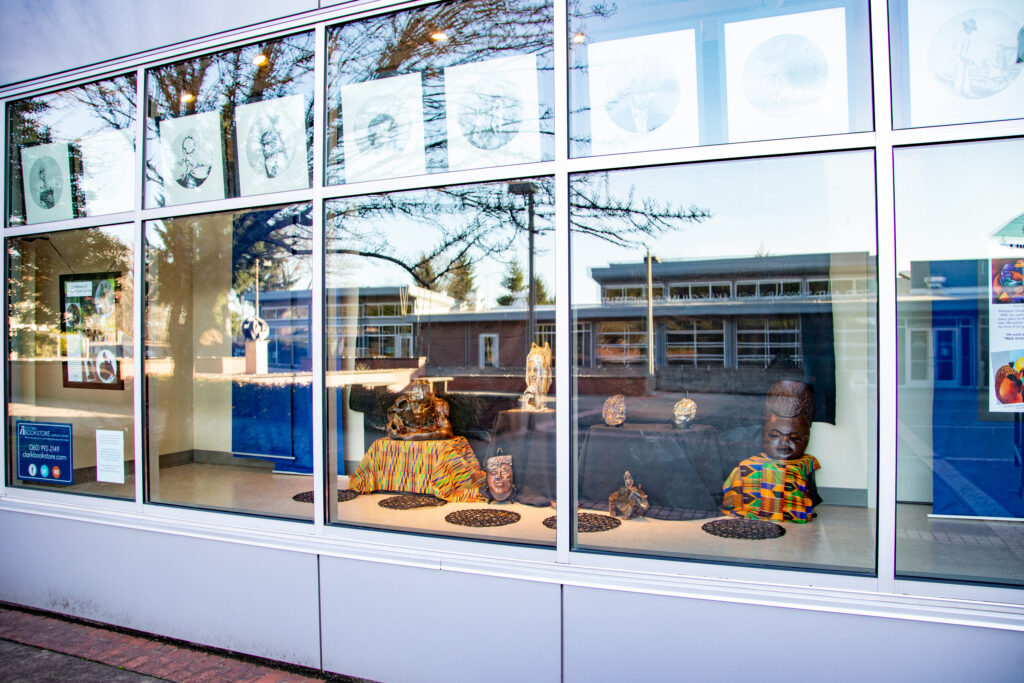
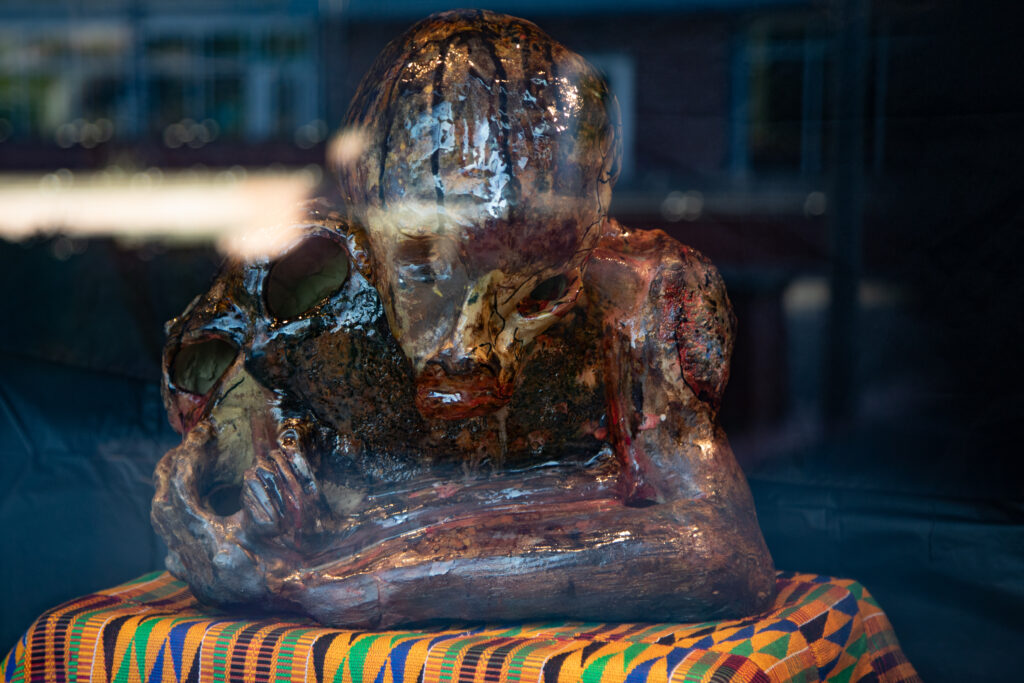
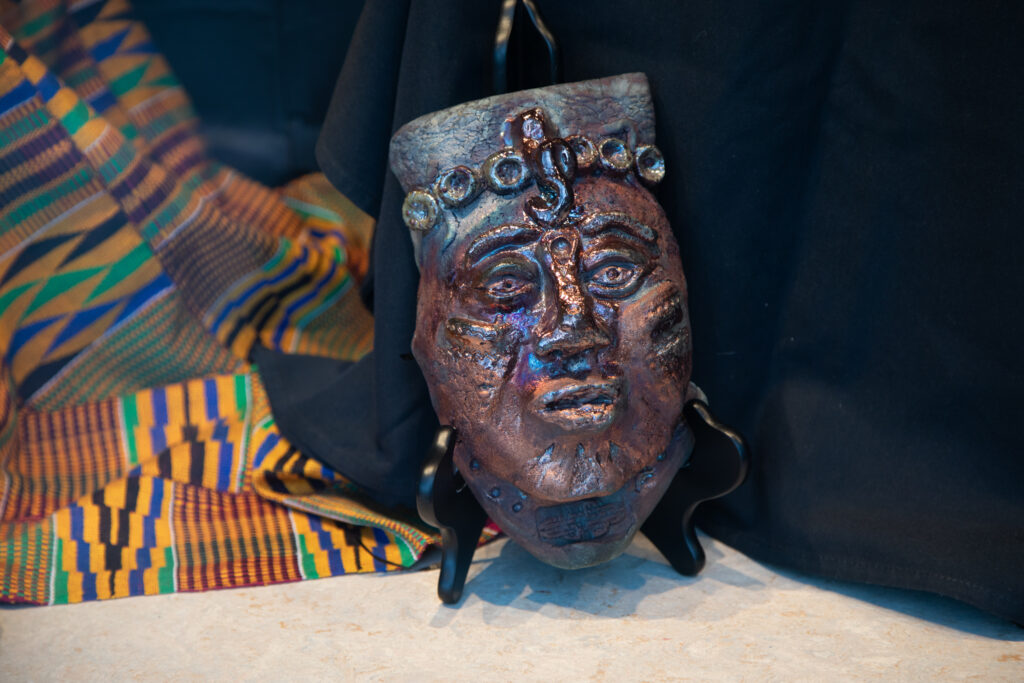
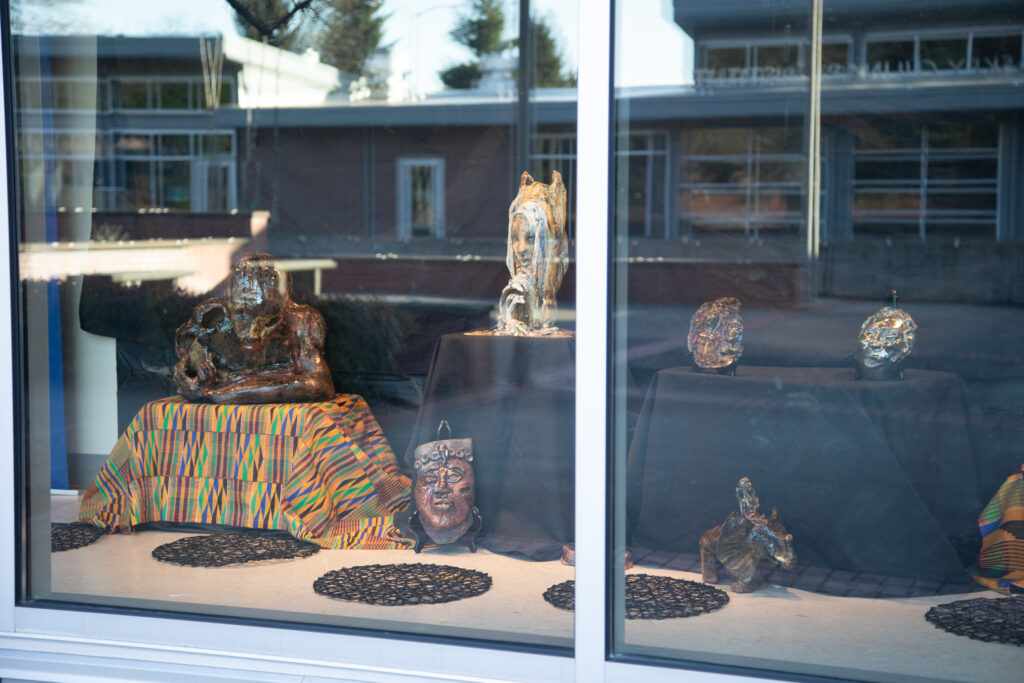
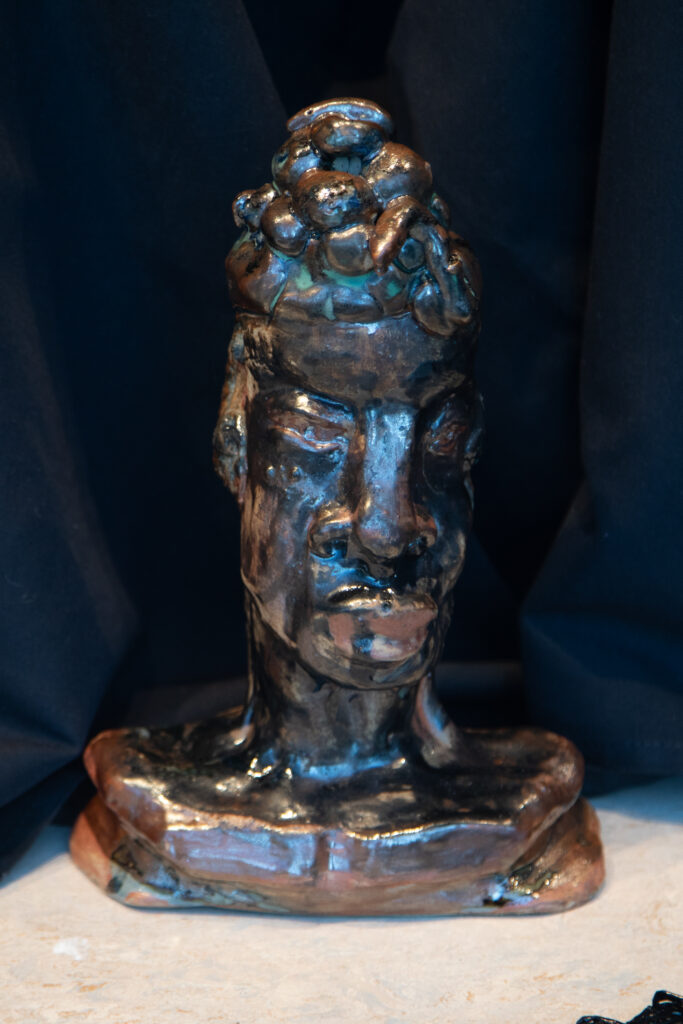

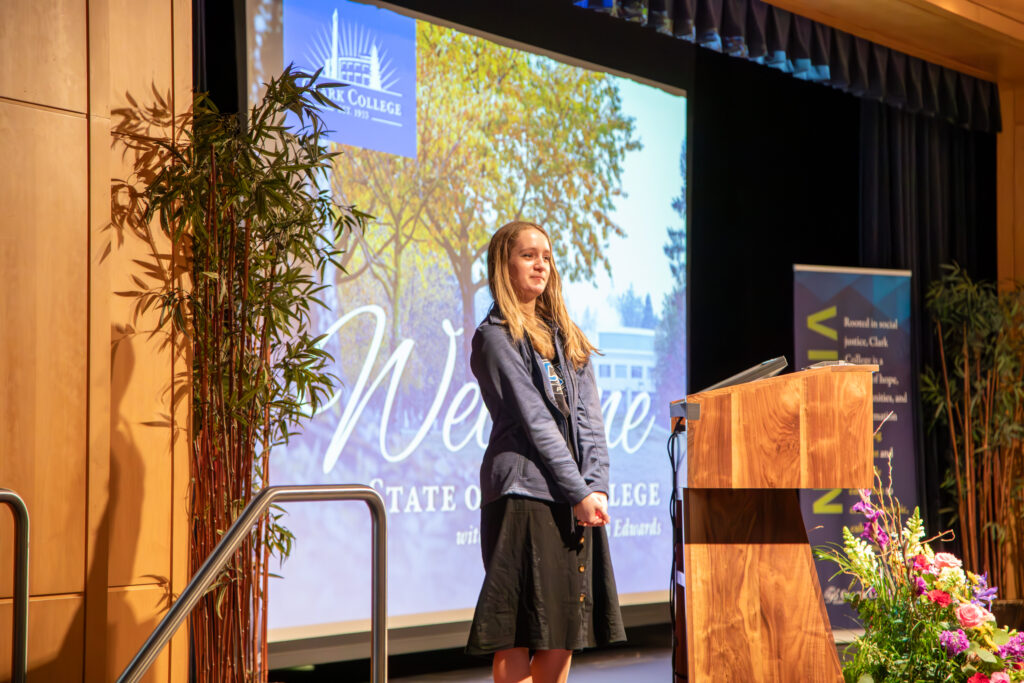

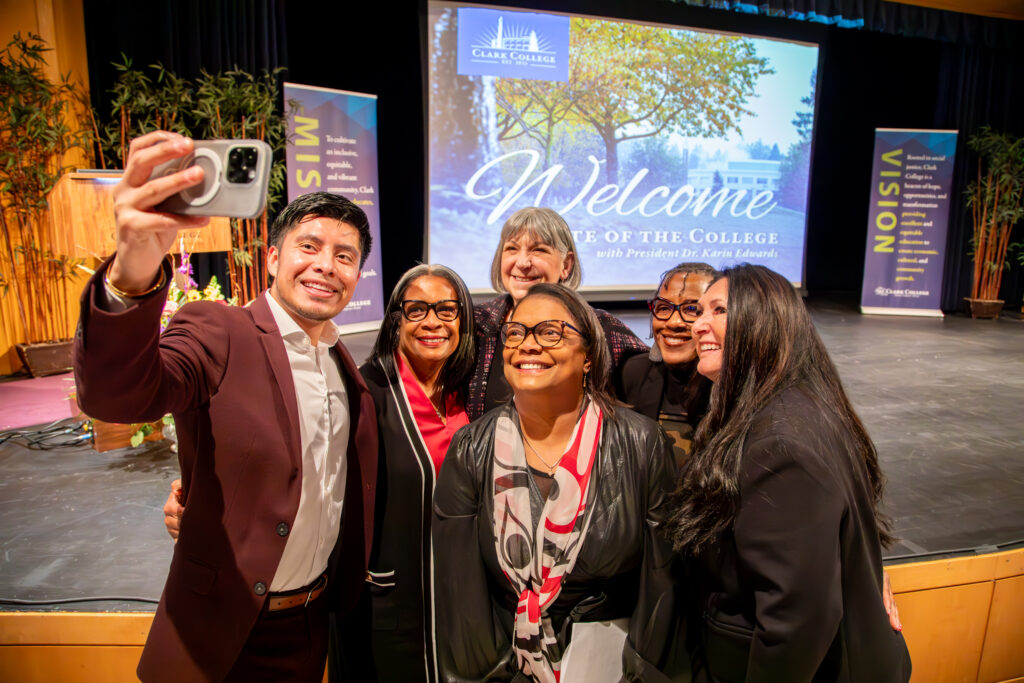
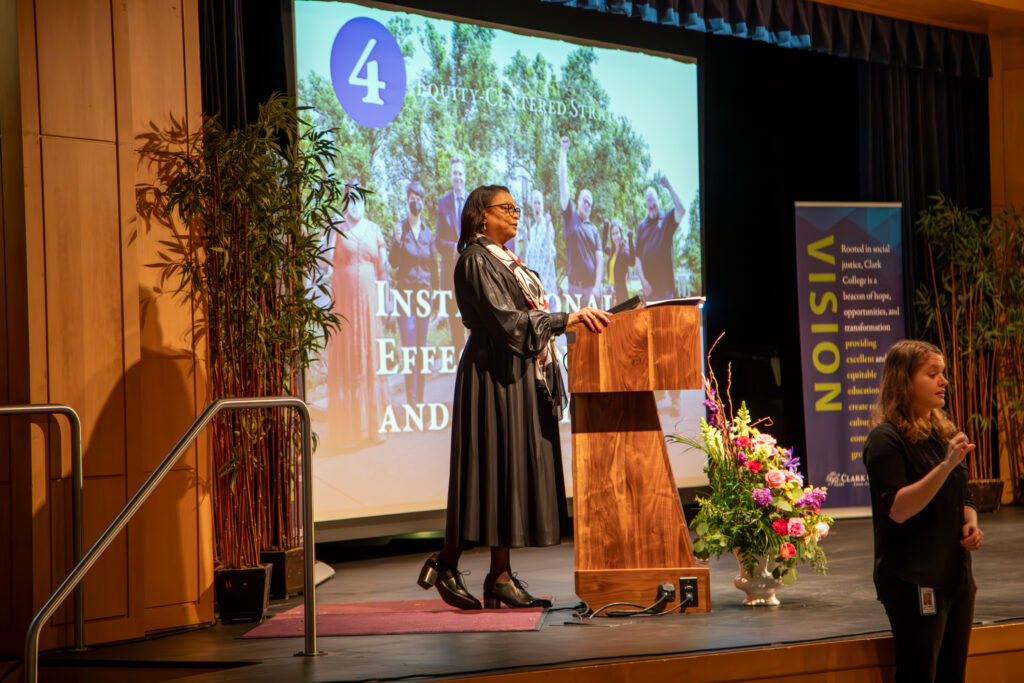
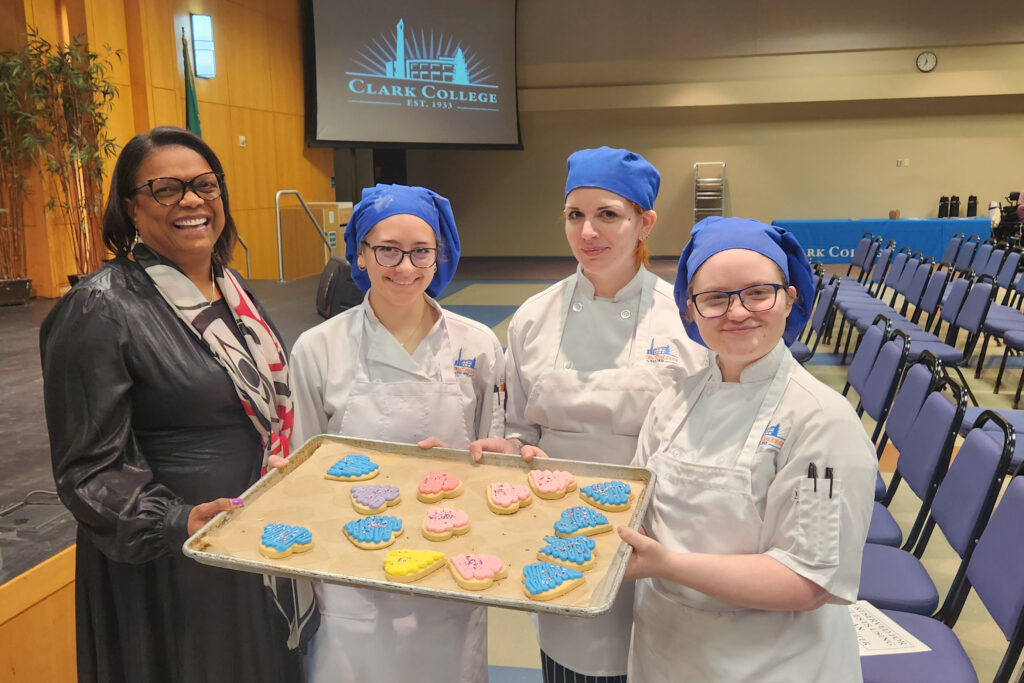


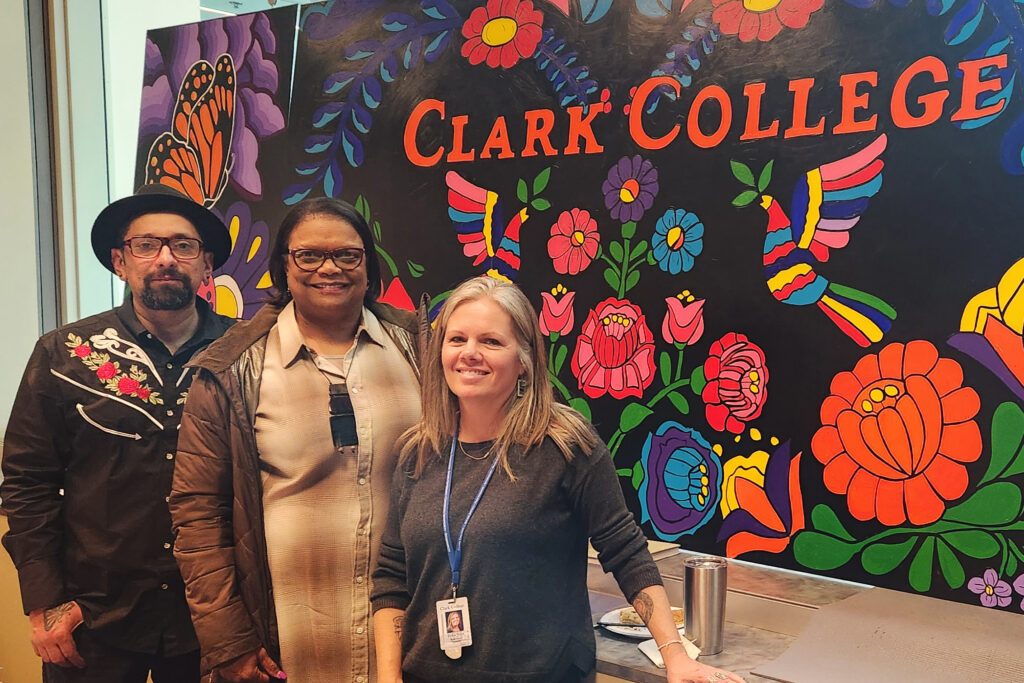

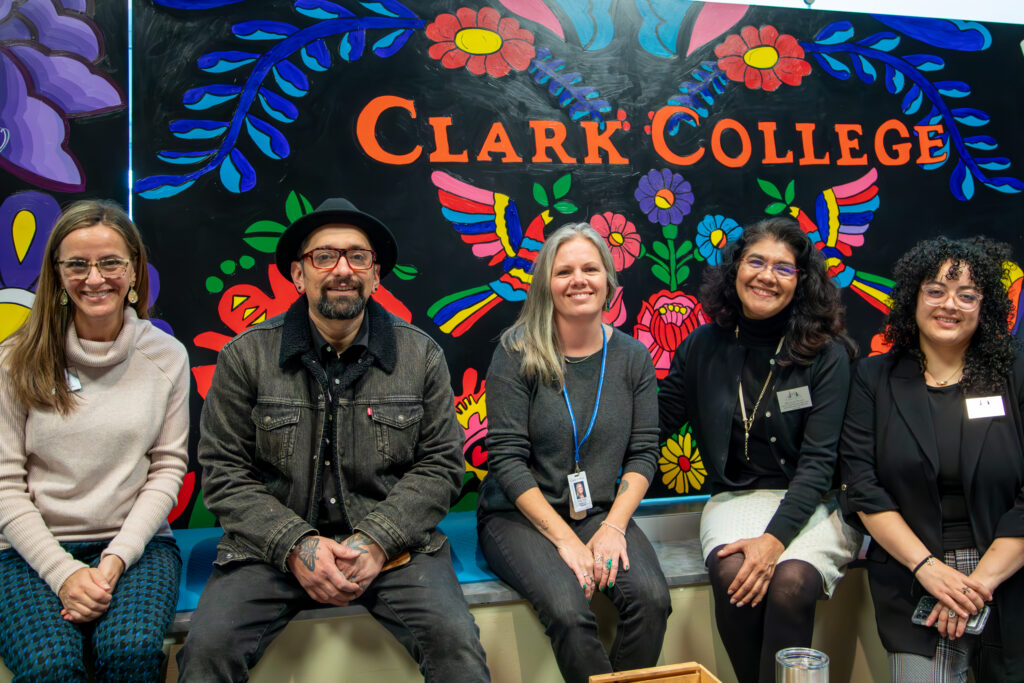
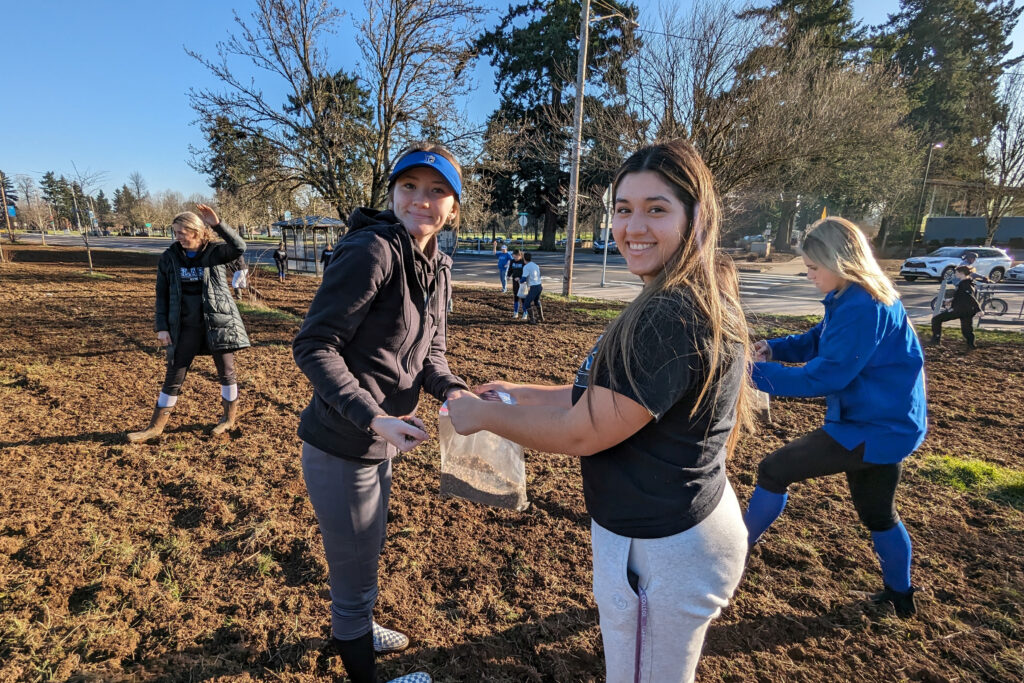
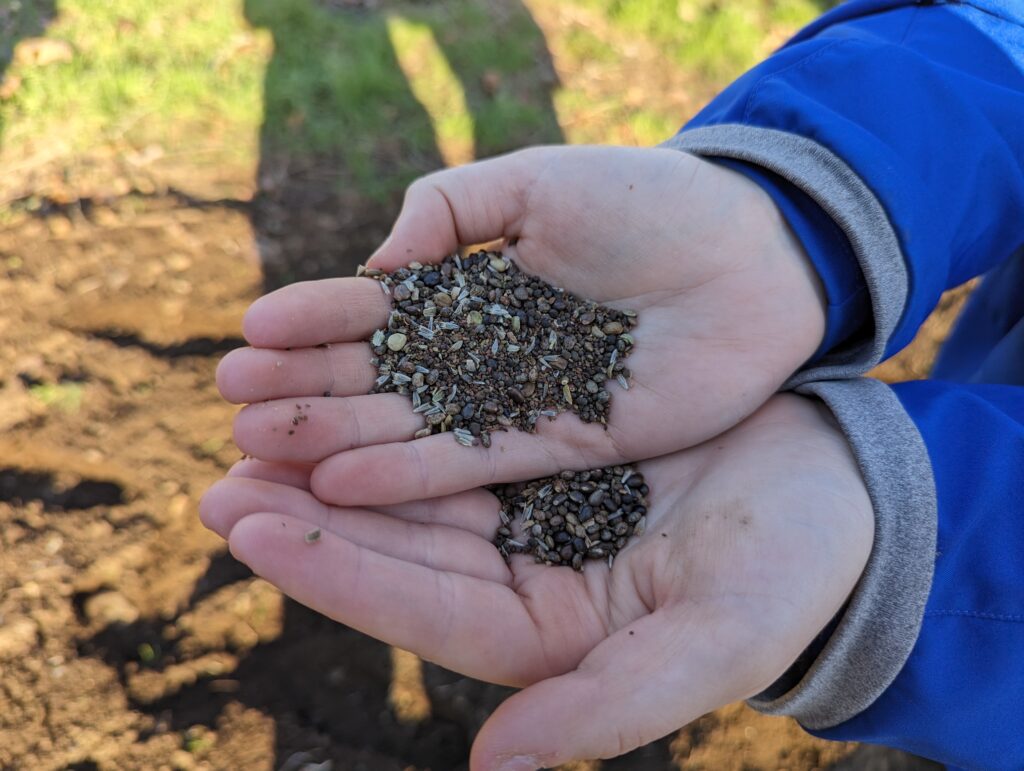
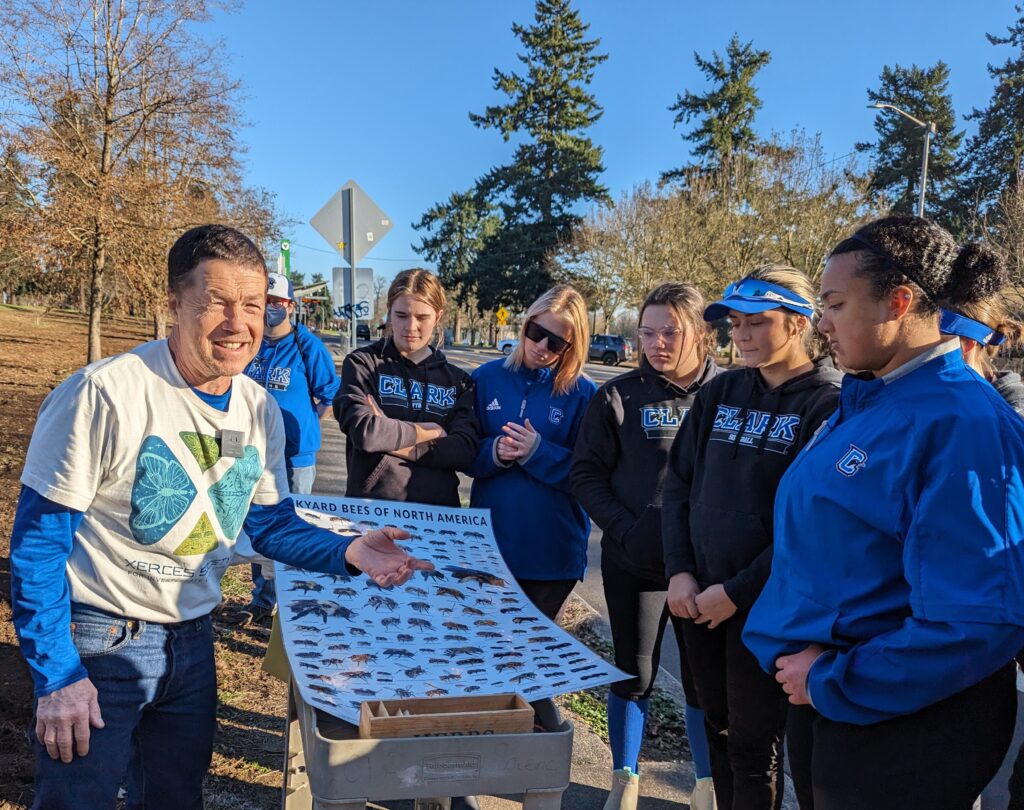
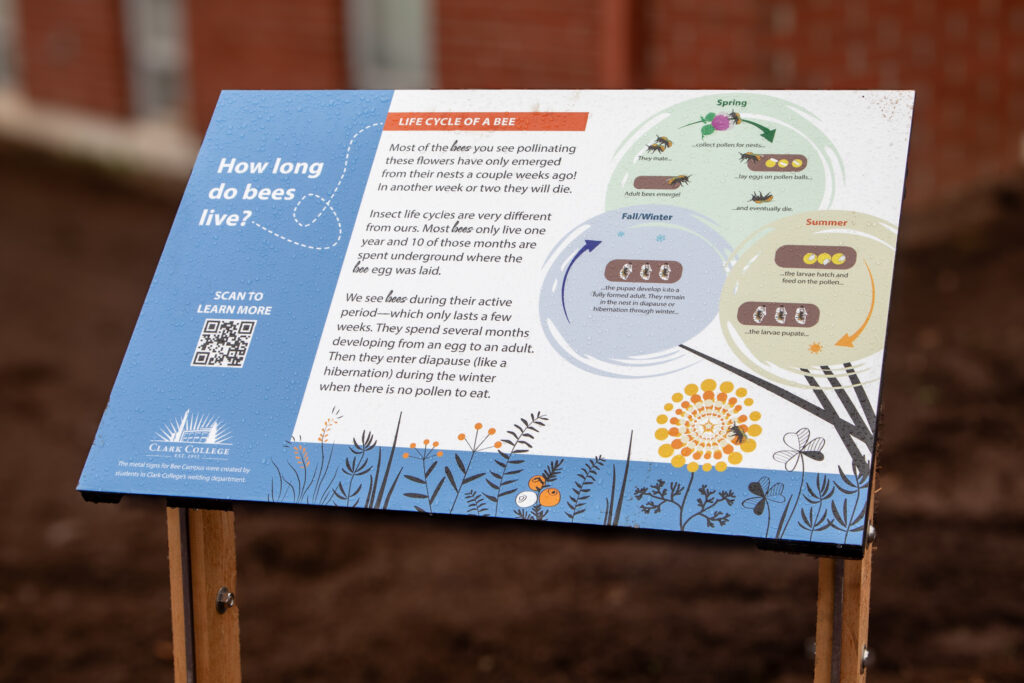
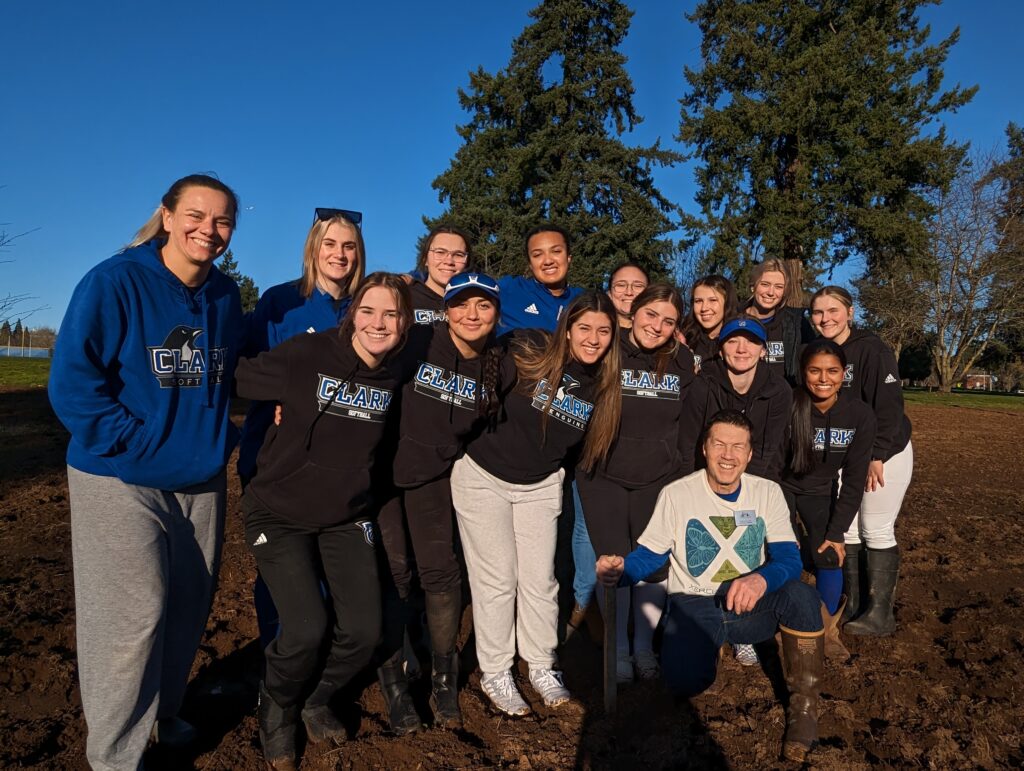
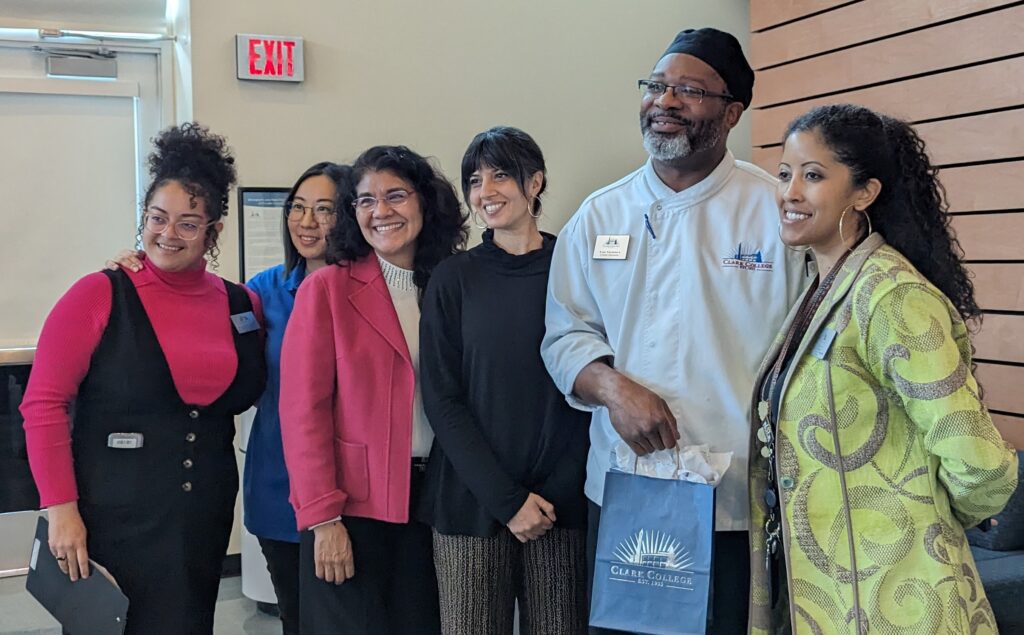
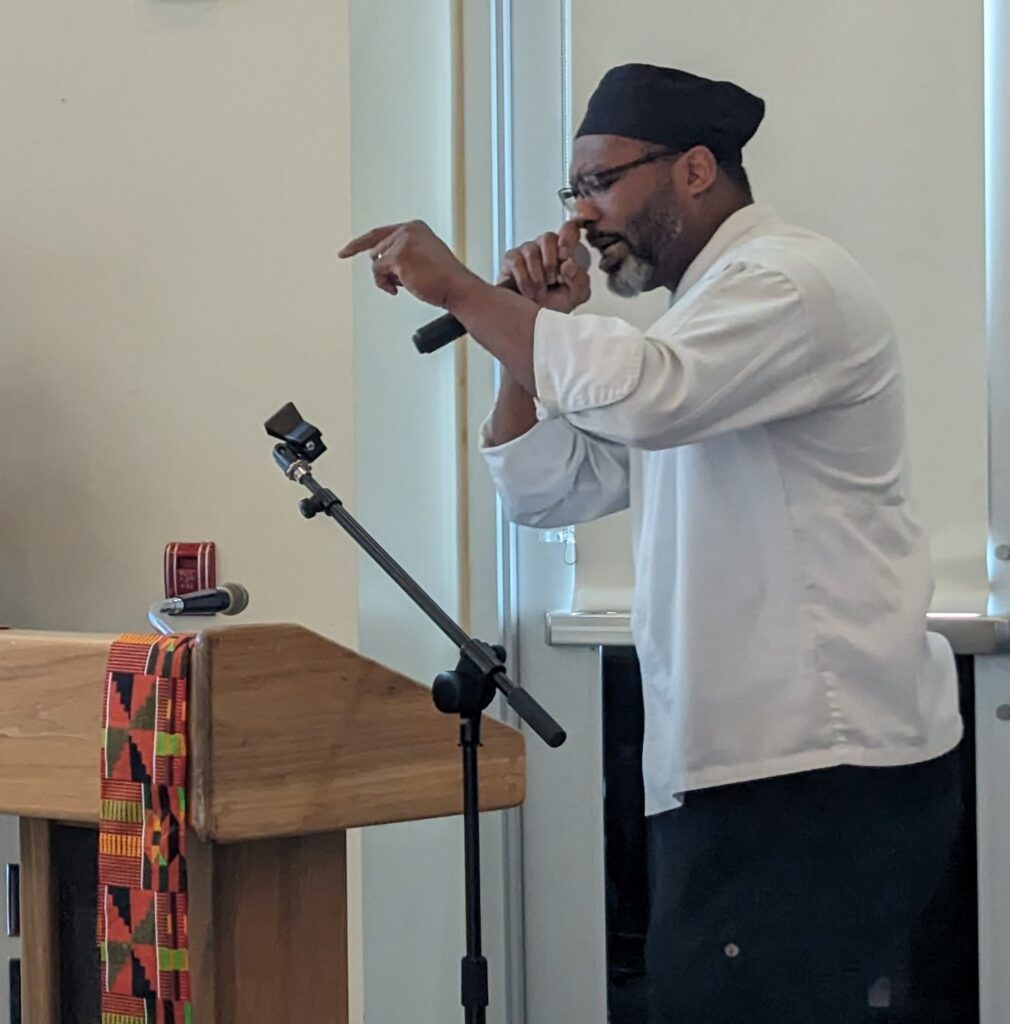
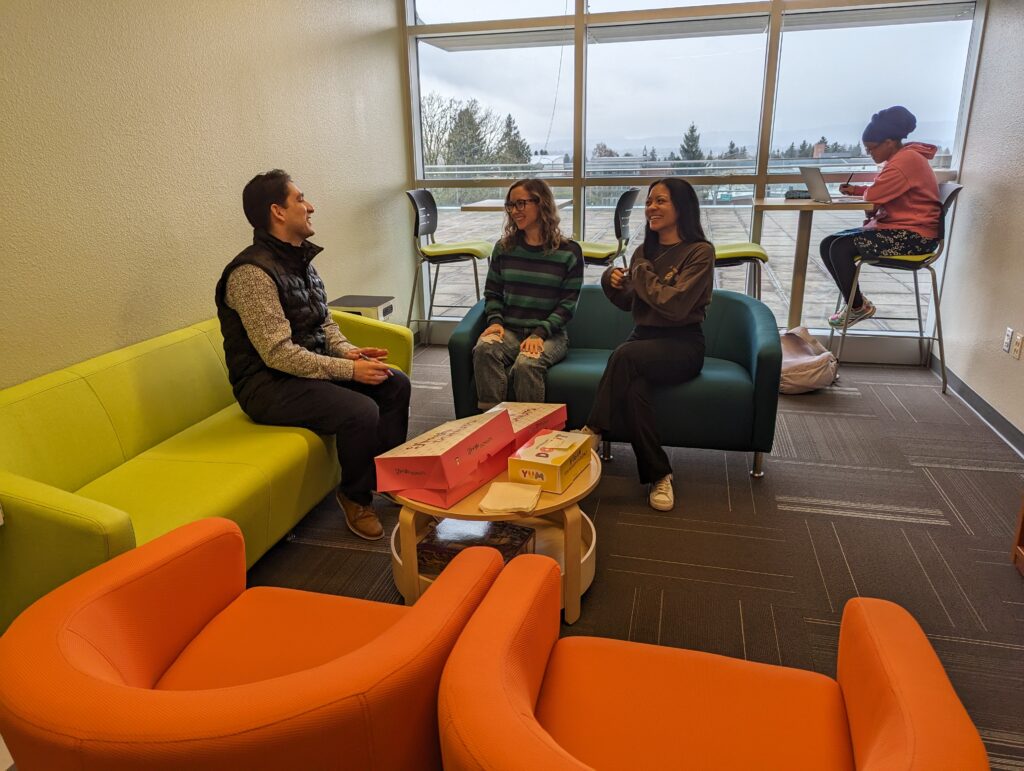


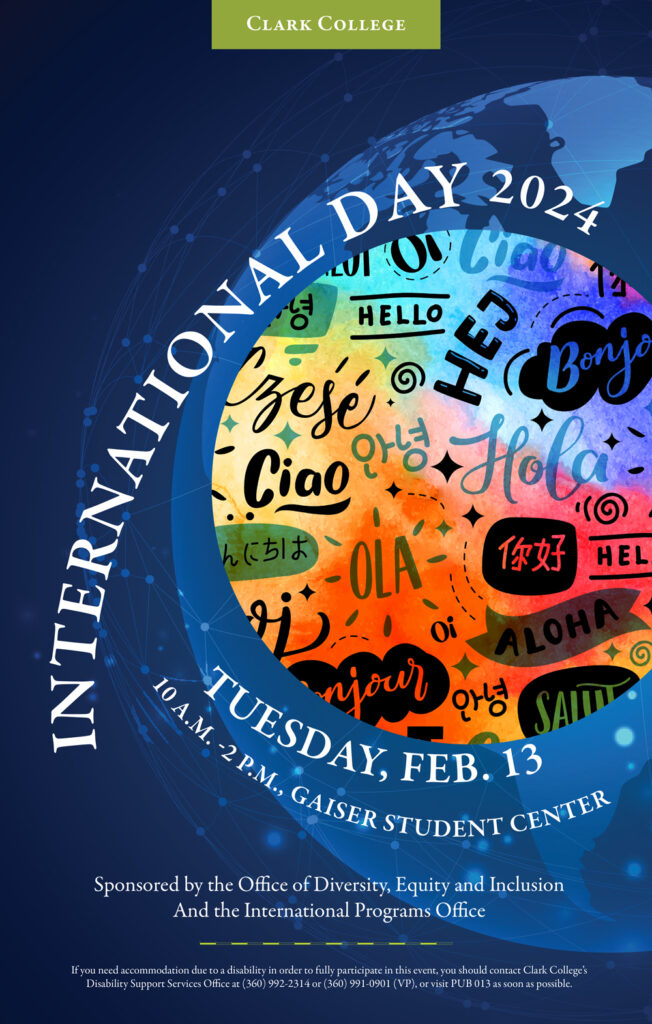
 Would you like to hear from some of the 57 international students who are enrolled at Clark and hear about their experiences at Clark?
Would you like to hear from some of the 57 international students who are enrolled at Clark and hear about their experiences at Clark? 